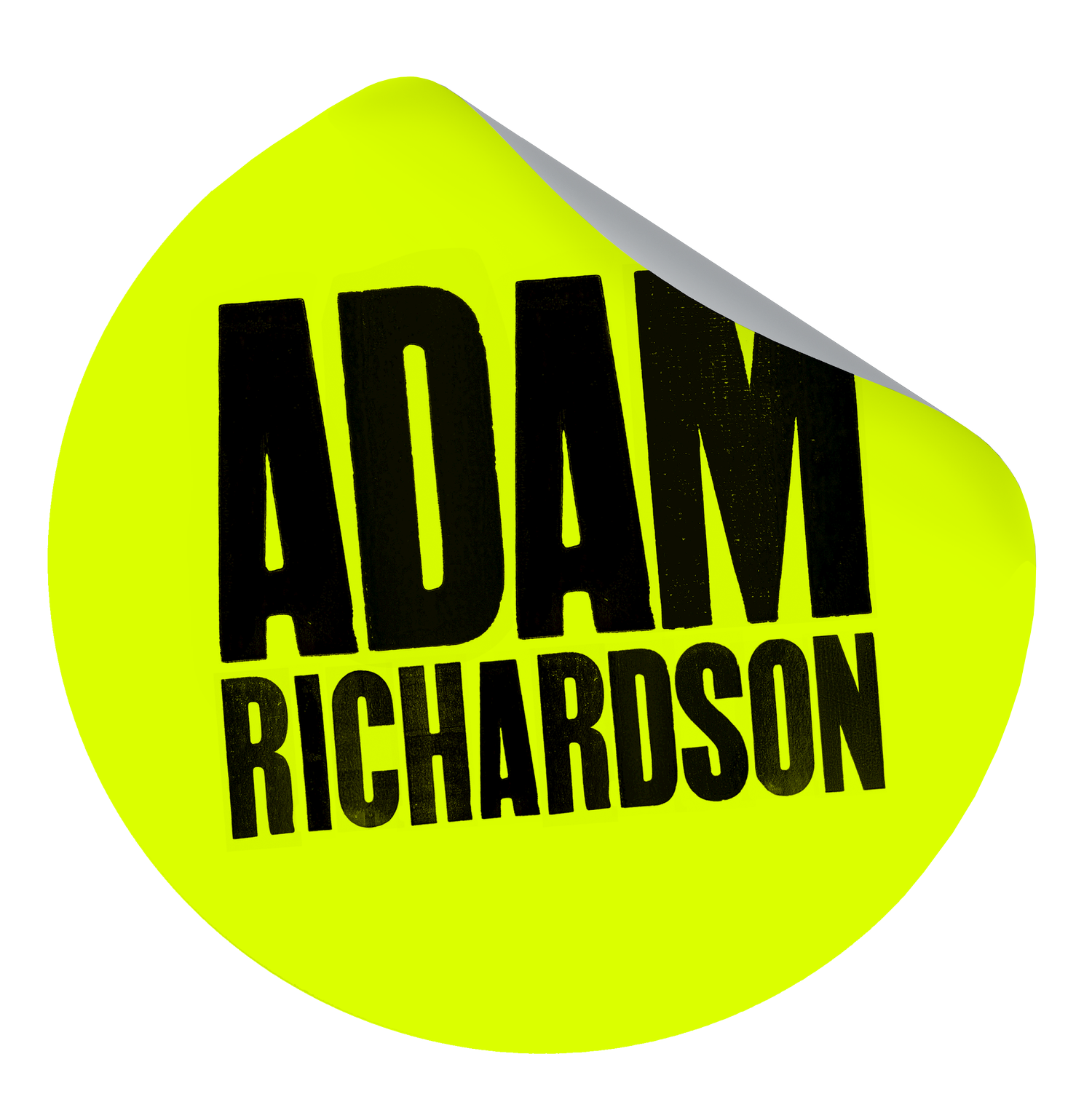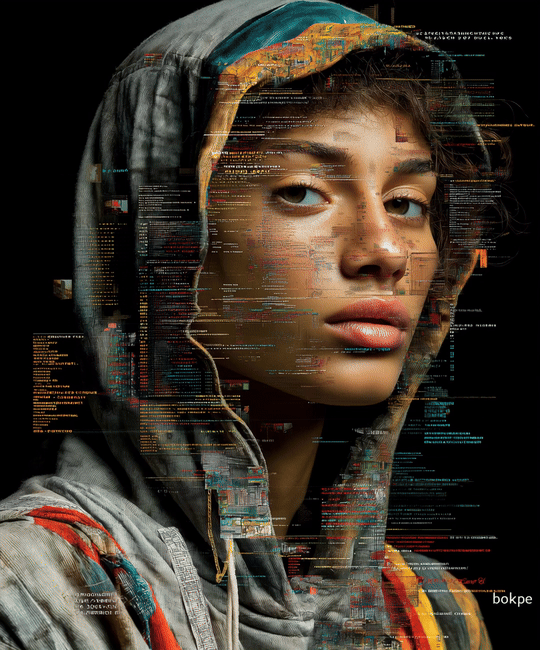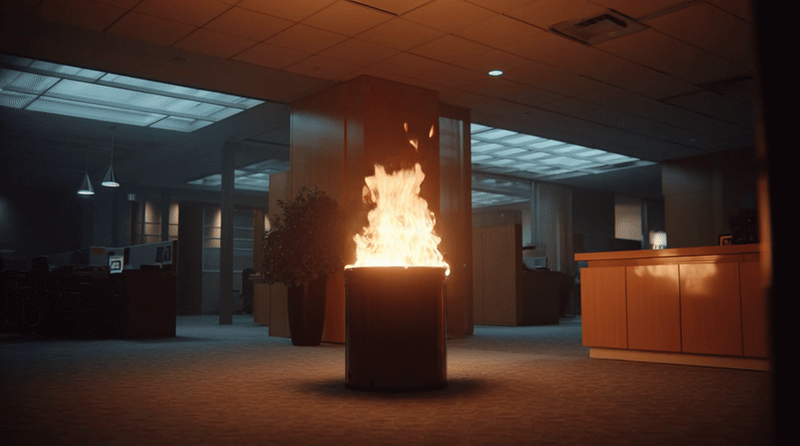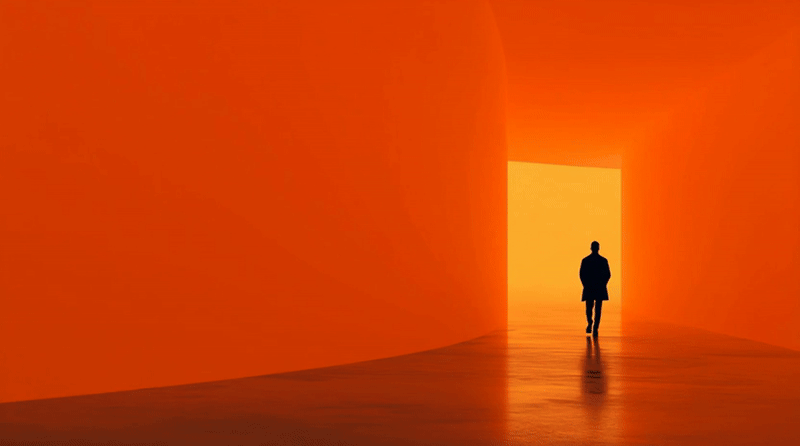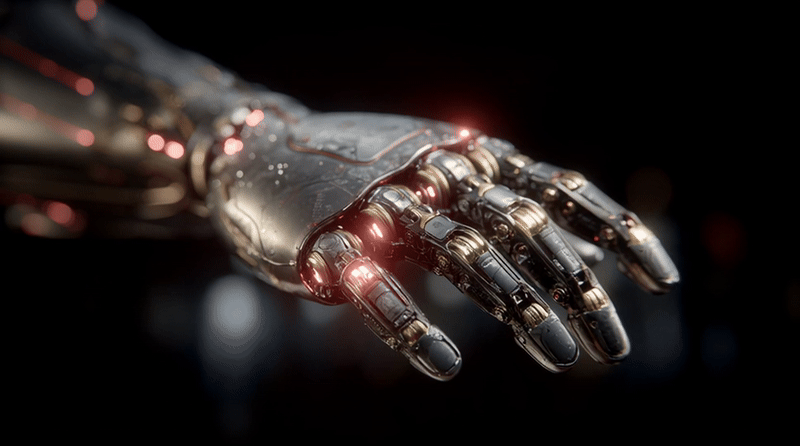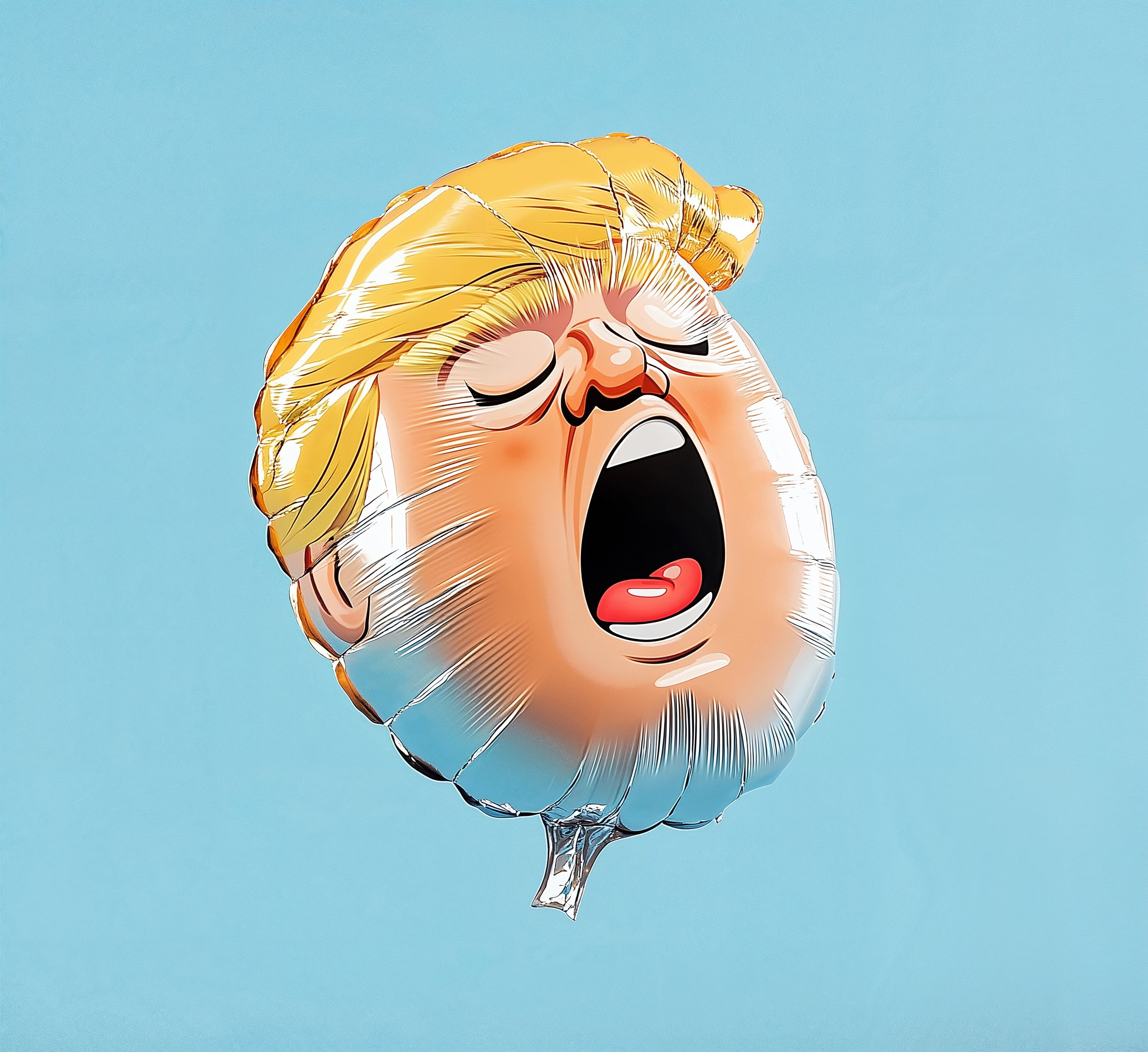AI by AR
Prompt engineer? AI visualiser? AI concept artist? I’m not sure what I’m meant to call myself. All I know is I’ve taken 20 years of art direction know-how and thrown it headfirst into this ever-evolving world of generative AI.
Visuals for pitches, treatments, storyboards, full-on campaigns: my aim is to push the boundaries of possible. Try things that haven’t been done. Break it a bit. See what happens.
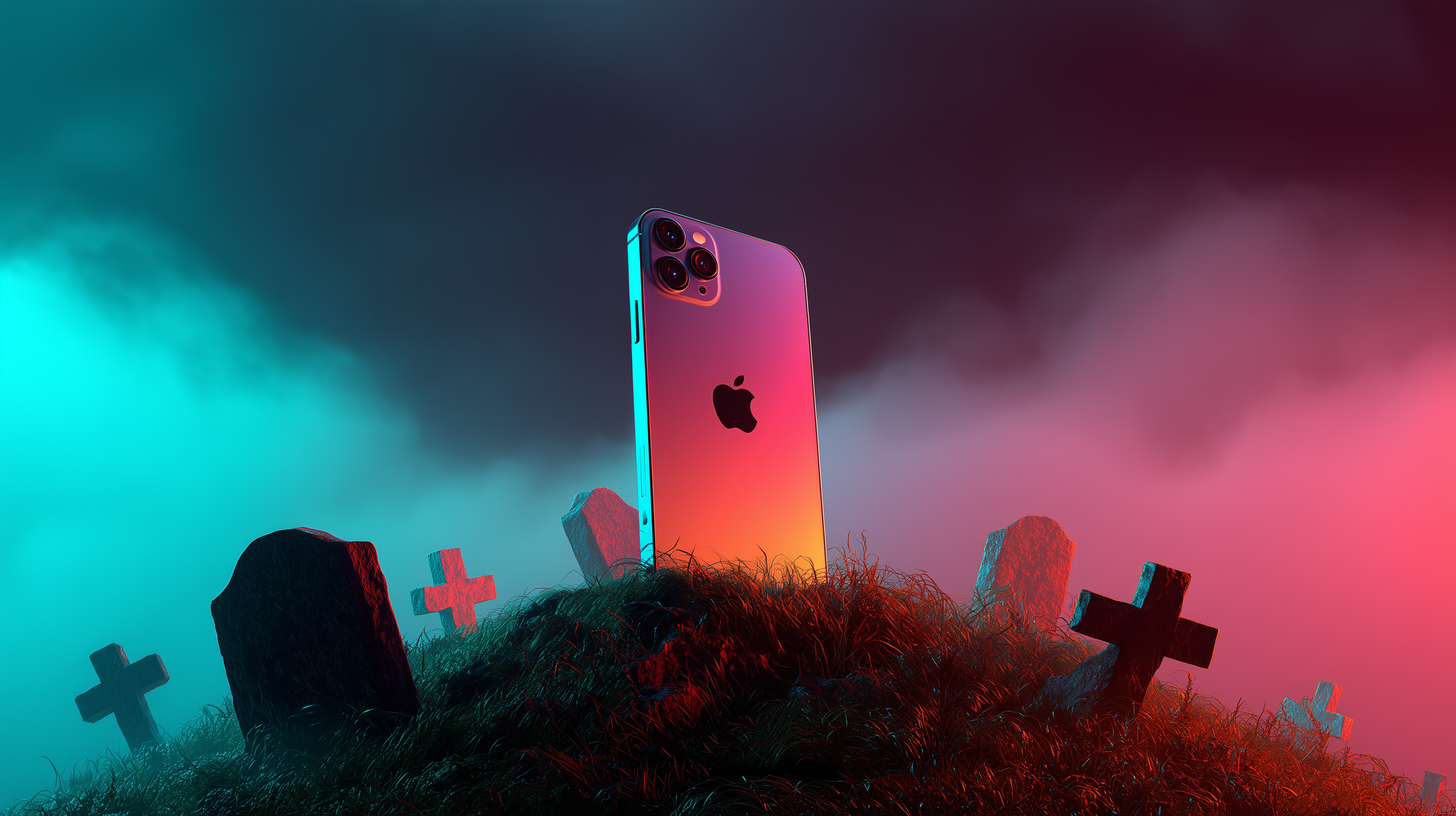
Visuals for…
• Pitches
• Treatments
• Social Campaigns
• TVC Concept Boards
• Animatics
MIDJOURNEY •
SORA •
FIREFLY •
MAGNIFIC •
RUNWAY •
MIDJOURNEY • SORA • FIREFLY • MAGNIFIC • RUNWAY •
I use generative AI tools like Midjourney, Sora and Firefly to turn creative ideas into visuals and video content – fast. From AI-powered art direction and concept development to pitch visuals and fully-formed campaign mockups, I use these tools to push thinking and speed things up. It’s not about replacing the creative process – it’s about supercharging it. Think of it as a creative partner that never sleeps. If you're after someone who actually knows how to use AI image generation and AI video tools in a real commercial setting, give me a shout.








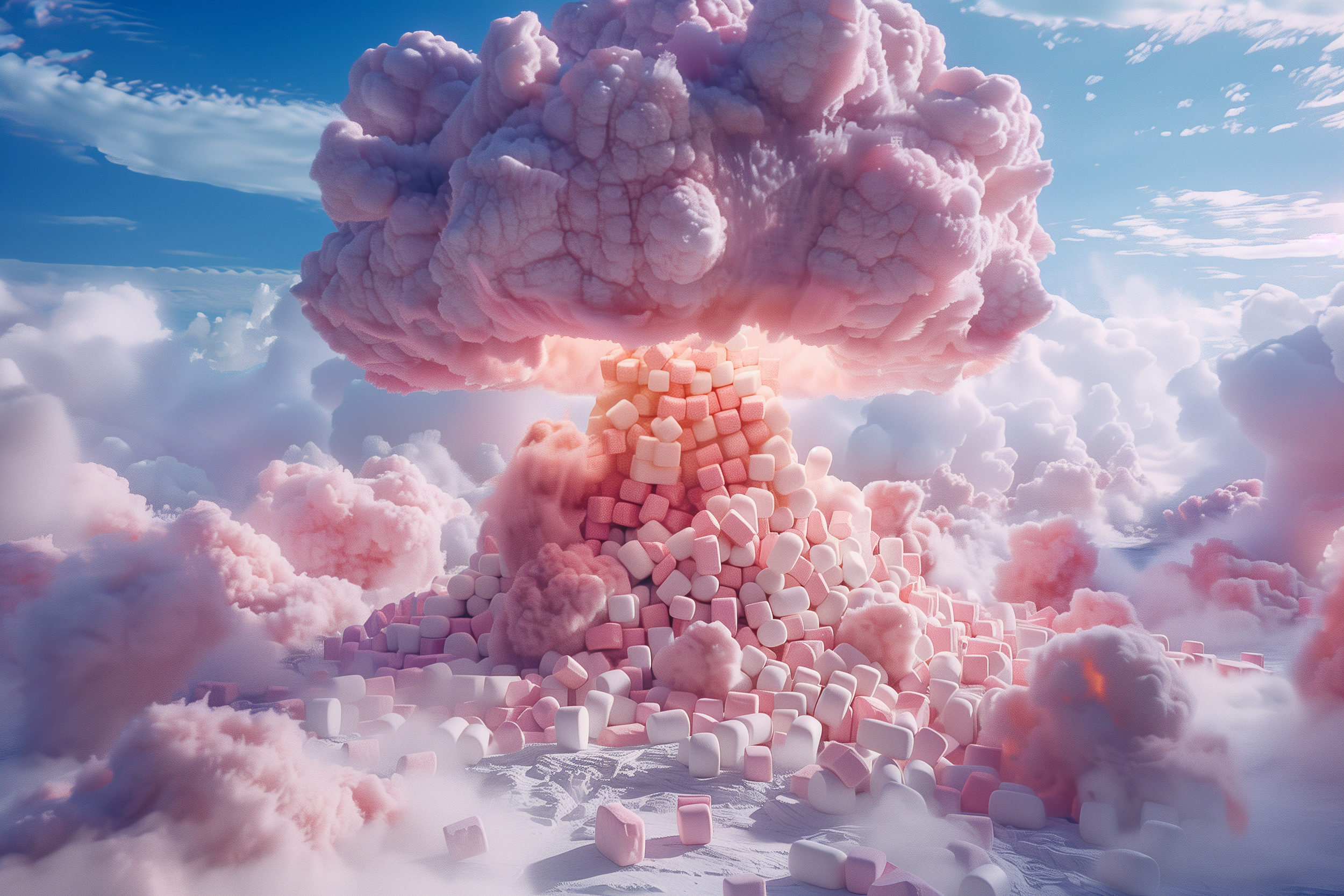


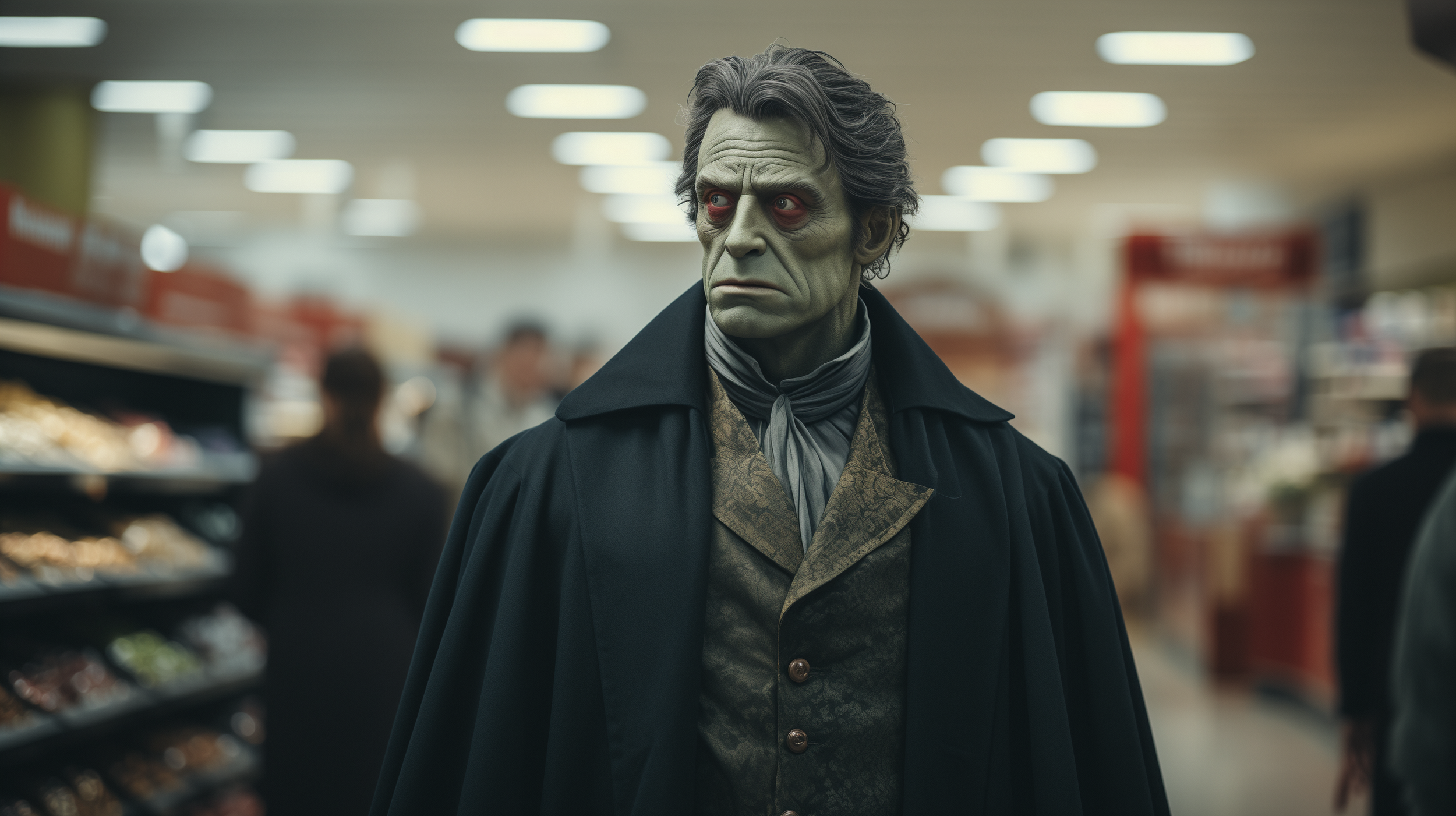
• Midjourney Masterclass
• Midjourney Masterclass
Does your agency want to learn how to create visuals like these?
Midjourney Masterclass is a half-day crash course into the world of Generative AI. We focus mainly on Midjourney because, right now, it’s the best out there. However, the rules apply to all AI platforms. No matter if you’re a team of complete novices or have dabbled and want to take your images to the next level, I’ll give you quick wins all the way to the proper nerdy tricks that’ll take your images up a gear.
The sessions are suited to between 5 and 20 people.
To chat about costs, timings or how it could work for your team, just drop me an email at…
adamrichardsoncreative@gmail.com
